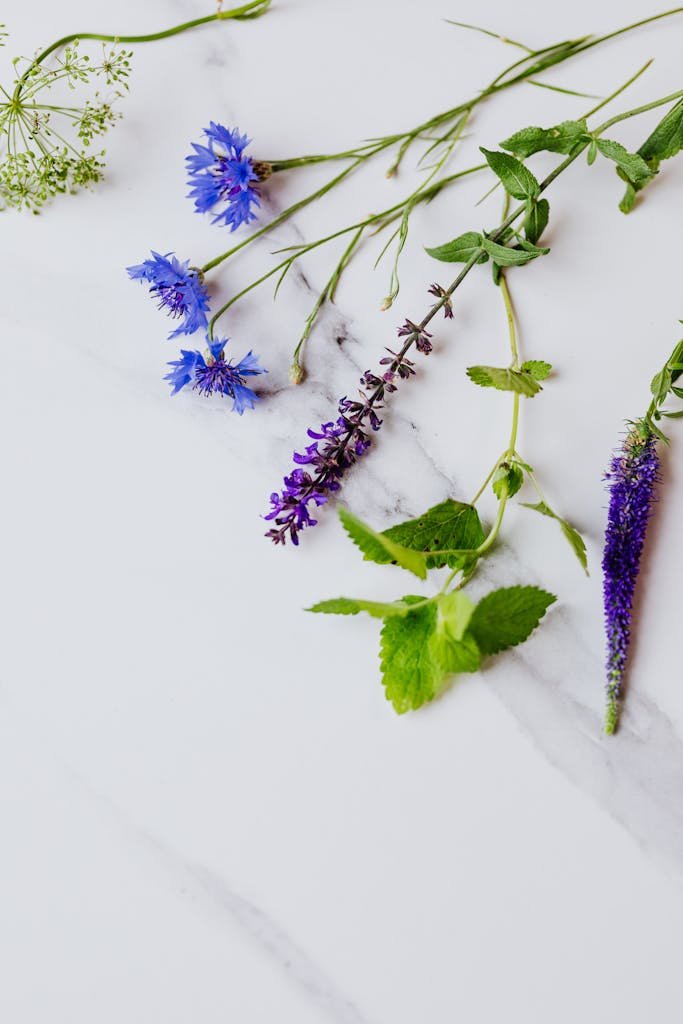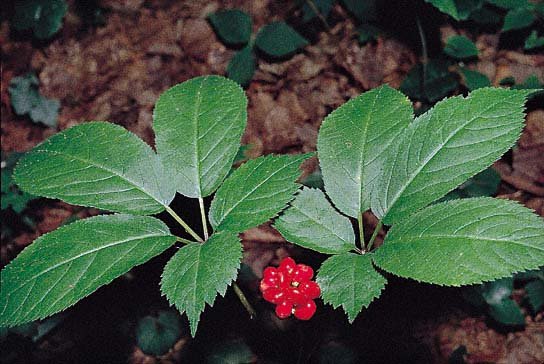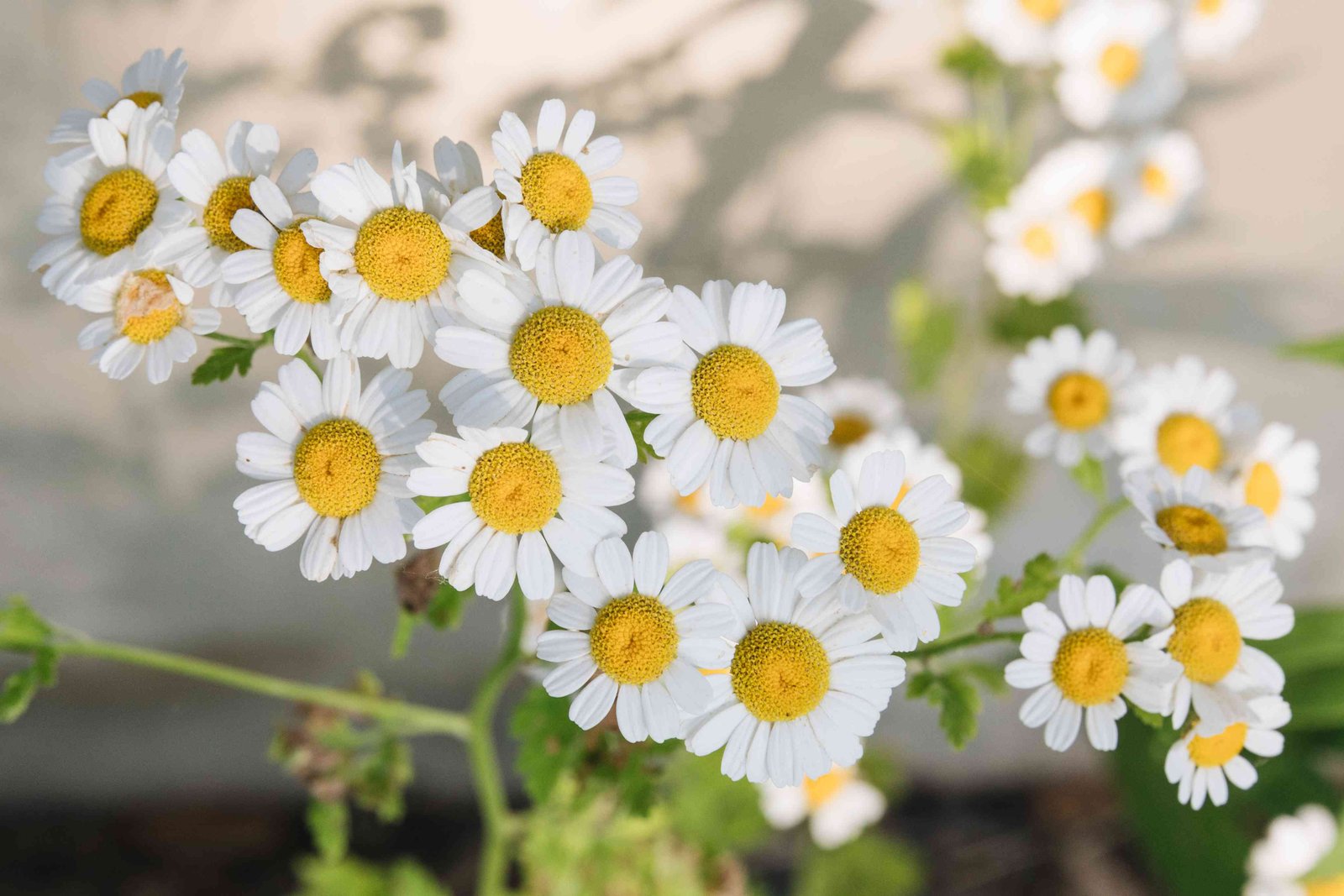Anise Hyssop – (Agastache foeniculum)
Anise Hyssop (Agastache foeniculum) isn’t just a plant; it’s a powerhouse of beauty and utility in your garden. Known for its striking purple flowers and anise-scented leaves, this perennial herb attracts bees, butterflies, and gardeners alike with its vibrant presence and aromatic allure.
Easy to grow and maintain, Anise Hyssop thrives in a variety of conditions, making it a versatile addition to any garden space. Whether you’re looking to attract pollinators, add a splash of color, or simply enjoy its sweet, licorice-like flavor, Anise Hyssop delivers on all fronts. Let’s dive into the world of this enchanting herb and discover what makes it a must-have for gardeners and nature enthusiasts.
Key Takeaways
- Anise Hyssop (Agastache foeniculum) is a versatile, perennial herb from the mint family, known for its purple flowers and anise-scented leaves, beneficial for both garden aesthetics and ecological health.
- It thrives in a range of environmental conditions, prefers full sun to partial shade, and well-drained soil, making it a low-maintenance plant suitable for various gardens.
- Anise Hyssop is a pollinator magnet, attracting bees, butterflies, and hummingbirds, thus playing a vital role in supporting local ecosystems and promoting biodiversity.
- The plant has culinary and medicinal uses, with its leaves and flowers offering a licorice-like flavor for cooking and traditional remedies for digestion and respiratory problems.
- Growing Anise Hyssop can enhance garden beauty, contribute to ecological health by supporting pollinators, and provide culinary and medicinal benefits, making it a valuable addition to any garden.
Overview of Anise Hyssop (Agastache foeniculum)
Anise Hyssop, scientifically known as Agastache foeniculum, is a perennial herb that’s part of the mint family. Its striking features and beneficial properties have made it a favorite among gardeners and nature enthusiasts. With purple flowers and anise-scented leaves, this plant not only adds aesthetic value to a garden but also serves multiple purposes ranging from culinary uses to medicinal benefits.
Native to parts of North America, Anise Hyssop thrives in full sun to partial shade and prefers well-drained soil. Its adaptability to different environmental conditions makes it a resilient and easy-to-grow plant. Gardeners love Anise Hyssop for its minimal maintenance requirements and drought resistance, making it a practical choice for sustainable and low-water-use gardens.
Beyond its visual appeal, Anise Hyssop plays a crucial role in supporting biodiversity. It’s a pollinator magnet, attracting bees, butterflies, and hummingbirds to the garden. This not only aids in the pollination of other plants but also supports the local ecosystem. Research has shown that pollinator-friendly plants like Anise Hyssop can significantly contribute to the health and diversity of habitats.
In terms of health benefits, Anise Hyssop leaves and flowers are known for their licorice-like flavor and have been used in traditional medicine to help with digestion, respiratory problems, and fever reduction. Its pleasant taste makes it a popular choice for teas, jellies, and as a flavoring agent in various dishes.
The plant’s aromatic properties are not just limited to its taste. Anise Hyssop is also used in aromatherapy and natural body care products for its soothing and relaxing scent. Its versatility and ease of use have made it a staple in many herb gardens and natural wellness practices.
Characteristics of Anise Hyssop
Anise Hyssop (Agastache foeniculum), a perennial herb from the mint family, showcases a variety of characteristics that make it both ornamental and practical for gardeners and natural wellness enthusiasts. Standing tall at 2 to 4 feet, its square stems support lance-shaped, bright green leaves that emit a sweet, licorice scent when crushed. In the peak summer months, from July to September, Anise Hyssop produces small, tubular flowers that range in color from lavender to purple, forming dense, spike-like clusters.
Research studies highlight the dual-purpose nature of Anise Hyssop, noting its appeal in both culinary and medicinal realms. The leaves and flowers are edible, with a sweet, anise-like flavor that enriches salads, teas, and herbal mixtures. In the realm of natural medicine, Anise Hyssop has been traditionally used to aid in digestion, relieve congestion, and soothe respiratory problems.
From a cultivation standpoint, Anise Hyssop is remarkably resilient and adaptable to various environmental conditions. It thrives in full sun to partial shade and prefers well-drained soil, although it’s known to tolerate both drought and poor soil conditions. Its hardiness zones span from 4 through 9, making it suitable for a wide range of geographical locations.
The plant’s ability to attract and sustain wildlife, especially pollinators like bees, butterflies, and hummingbirds, is another key characteristic. This ecological benefit supports biodiversity and helps maintain healthy ecosystems. Anise Hyssop’s non-invasive nature and minimal maintenance requirements further facilitate its integration into gardens and natural landscapes.
Incorporating Anise Hyssop into garden designs or wellness practices offers a blend of aesthetic appeal, culinary uses, and medicinal benefits. Its versatility and low-maintenance profile make it a valuable addition to various settings, promoting both environmental health and personal well-being.
Growing Anise Hyssop in Your Garden
Integrating Anise Hyssop (Agastache foeniculum) into your garden brings not only visual beauty but also a host of ecological benefits. This herb thrives in USDA hardiness zones 4 through 8, making it a versatile addition to many gardens across the United States. For those looking to cultivate Anise Hyssop, understanding its growing conditions is pivotal for success.
Firstly, Anise Hyssop prefers full sun to partial shade. It’s essential to choose a planting location that receives at least six hours of sunlight daily. This sun exposure is vital for the development of vibrant leaves and abundant flowers. Secondly, while Anise Hyssop is adaptable to various soil types, it flourishes in well-draining soil with a neutral to slightly alkaline pH. Before planting, it’s advisable to amend the soil with compost to enhance its fertility and drainage capabilities.
When it comes to watering, Anise Hyssop is relatively drought-tolerant once established. However, regular watering during the first growing season can help to ensure a robust root system. After the plant has become established, it requires less frequent watering, aligning with its natural adaptability to dryer conditions.
Spacing is another critical aspect of planting Anise Hyssop. Gardeners should space plants 18 to 24 inches apart. This spacing allows ample room for growth and air circulation, reducing the risk of fungal diseases.
For those interested in propagation, Anise Hyssop can be easily grown from seed. It’s noteworthy that while the plant is perennial, it often grows as an annual in colder climates. To promote a continuous supply, gardeners can allow some of the flowers to go to seed, facilitating natural reseeding.
Incorporating mulch around the base of the plants can help retain soil moisture and suppress weeds, further supporting the healthy growth of Anise Hyssop. Additionally, an occasional application of a balanced, slow-release fertilizer in the spring can encourage lush foliage and abundant blooming.
By adhering to these cultivation tips, gardeners can successfully integrate Anise Hyssop into their gardens, benefiting from its beauty, ecological contributions, and multiple uses.
Attracting Bees and Butterflies with Anise Hyssop
Anise Hyssop, scientifically known as Agastache foeniculum, stands out as an eco-warrior in gardens across diverse climates. With its vibrant purple flowers and fragrant foliage, it’s a magnet for an array of pollinators, most notably bees and butterflies. These insects play a crucial role in the health of our ecosystems, making Anise Hyssop a valuable plant for enhancing biodiversity.
Research indicates that native bees and various butterfly species are particularly attracted to Anise Hyssop. The plant’s tubular flowers offer an abundant source of nectar, which is essential for these pollinators. As a result, incorporating Anise Hyssop into gardens can significantly contribute to conserving the pollinator population, which has been in decline in recent years.
Here are a few ways Anise Hyssop benefits pollinators:
- Rich Nectar Source: The nectar-rich flowers of Anise Hyssop provide essential nutrients, aiding in the health and longevity of bees and butterflies.
- Extended Blooming Period: With a blooming period that stretches from mid-summer to early fall, Anise Hyssop ensures a continuous food source for pollinators at times when other plants may not be in bloom.
- Habitat Support: The structure of Anise Hyssop plants can also offer shelter to pollinators, further enhancing their ability to thrive and multiply.
For gardeners and enthusiasts looking to attract more bees and butterflies to their space, planting Anise Hyssop is a wise choice. It’s not only about the beauty and aroma these plants add but also the support they offer to our crucial pollinating friends. Plus, the versatility of Anise Hyssop, from its culinary uses to its medicinal properties, makes it an all-around valuable addition to any garden, championing both biodiversity and utility.
Culinary and Medicinal Uses of Anise Hyssop
Anise Hyssop, Agastache foeniculum, isn’t just a feast for the eyes but a versatile herb with numerous culinary and medicinal applications. Known for its sweet, licorice-like flavor, the leaves and flowers of Anise Hyssop are a delightful addition to the culinary world.
In the kitchen, Anise Hyssop finds its way into a multitude of dishes and beverages.
- Fresh leaves can be chopped and sprinkled over fruit salads to add a refreshing twist.
- The flowers and leaves are commonly used to flavor and garnish teas, bringing a mild, sweet taste that’s both soothing and aromatic.
- For bakers, incorporating Anise Hyssop into cookies and cakes not only infuses a unique flavor but also adds a decorative touch with its vibrant flowers.
Beyond its culinary appeal, Anise Hyssop holds a reputable place in traditional and modern herbal medicine. The plant’s properties have been studied for their potential health benefits, including Digestive Aid and Respiratory Relief.
- It’s been found that Anise Hyssop has anti-inflammatory and antispasmodic properties, providing relief for digestive issues. The herb can be made into a tea, offering a natural remedy for gas, bloating, and indigestion.
- Anise Hyssop also boasts expectorant qualities, making it a valuable ally against common respiratory conditions. Herbalists often recommend it for treating colds, coughs, and even asthma, as it helps in clearing congestion and soothing the respiratory tract.
The versatility of Anise Hyssop, from its allure to pollinators in gardens to its uses in kitchens and natural medicine cabinets, reflects its significant value. Whether grown for its aesthetic, culinary, or medicinal properties, Agastache foeniculum stands out as a plant of many virtues, symbolizing the intersection of beauty and utility in the natural world.
Anise Hyssop stands out as a multifaceted plant that not only beautifies the garden but also plays a crucial role in supporting local ecosystems. Its ability to attract and sustain pollinators while offering culinary and medicinal benefits makes it a must-have for any garden enthusiast.
Whether you’re looking to add a splash of color, attract bees and butterflies, or explore its uses in the kitchen and natural medicine cabinet, Anise Hyssop is a versatile choice that promises to enrich your garden and your life. Embracing this plant means contributing to biodiversity and enjoying its manifold advantages.



